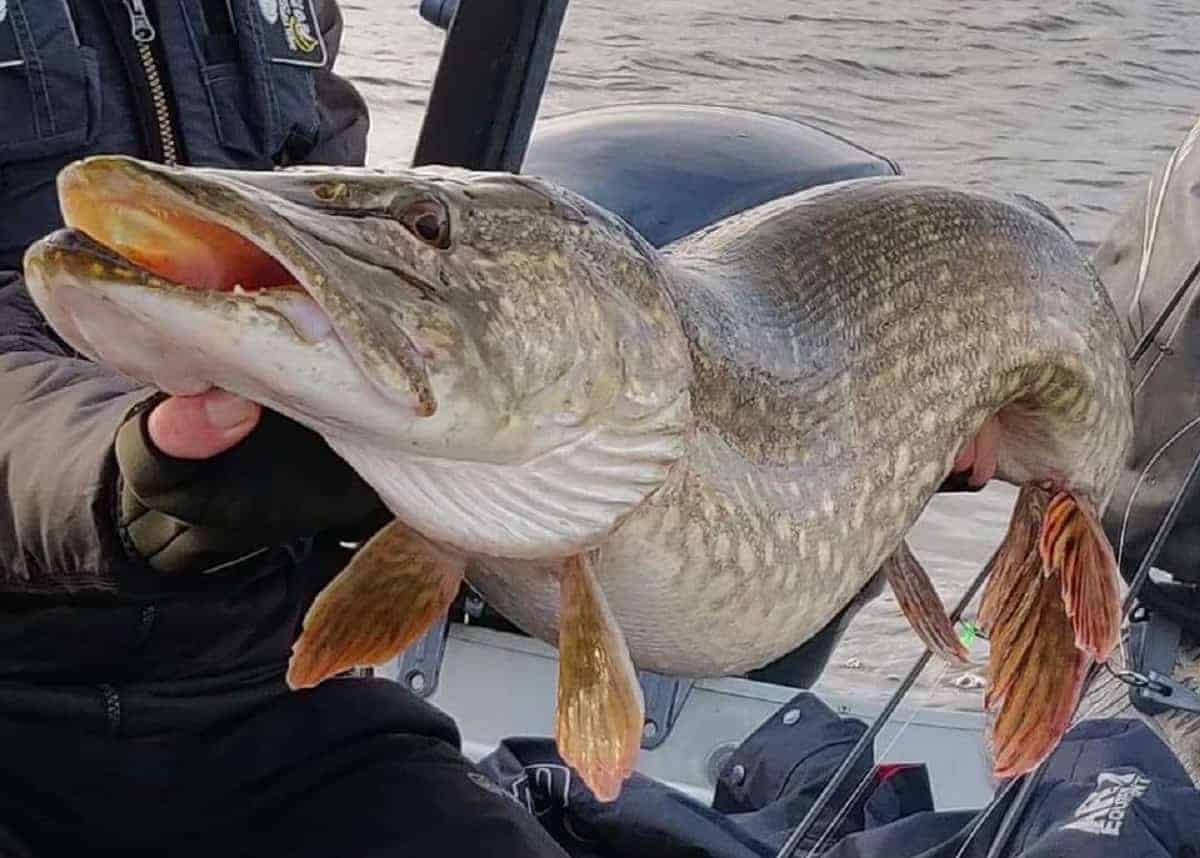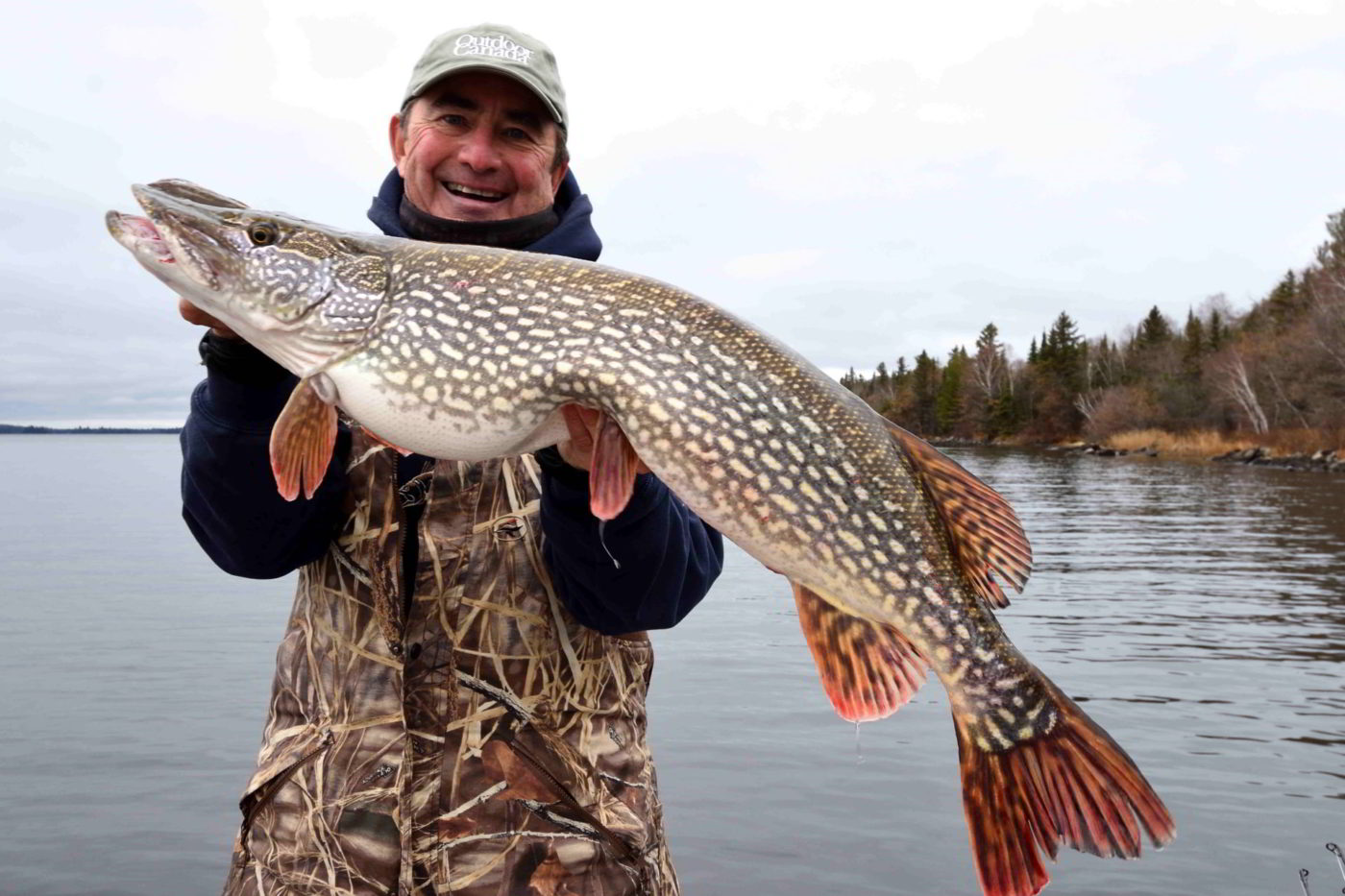Definition and Etymology

Pike definition – In the realm of weaponry, the term “pike” emerges as a formidable implement, steeped in history and imbued with a multitude of meanings. Its etymology, tracing back to the Middle English “pike,” finds its roots in the Old French “pique,” ultimately deriving from the Latin “picca.” This linguistic lineage underscores the pike’s enduring presence as a weapon of choice throughout the ages.
In the realm of language, a “pike” wields a sharp point, both literally and figuratively. Its definition, found in the annals of dictionaries and explored further at pike definition , unveils its multifaceted nature. From a weapon of war to a type of fish, the pike stands as a testament to the power and versatility of words.
Different Meanings
The term “pike” encompasses a diverse array of meanings, reflecting its multifaceted nature. It can refer to a pointed stick or pole, often used for fishing or hunting. In the military context, it denotes a long, thrusting weapon consisting of a wooden shaft with a sharp metal tip, wielded by infantry formations. Additionally, “pike” can signify a type of freshwater fish, known for its elongated, torpedo-shaped body and voracious appetite.
Types of Pikes: Pike Definition

The term “pike” encompasses a diverse array of fish species that share distinctive physical attributes and behaviors. These voracious predators inhabit a wide range of aquatic environments, from freshwater lakes and rivers to saltwater coastal areas.
Freshwater Pikes
Freshwater pikes are characterized by their elongated, torpedo-shaped bodies, adorned with sharp, prominent teeth. They possess keen eyesight and an acute sense of smell, which aid them in their predatory pursuits. These fish are solitary creatures that ambush their prey from concealed positions among aquatic vegetation or beneath the surface of the water.
Saltwater Pikes, Pike definition
Saltwater pikes exhibit similar physical characteristics to their freshwater counterparts, but they have adapted to the unique challenges of marine environments. These fish possess specialized gills that allow them to extract oxygen from saltwater and have developed robust scales to withstand the abrasive nature of coastal habitats. Saltwater pikes often form schools and engage in cooperative hunting behaviors to capture larger prey.
Notable Pike Species
– Northern Pike (Esox lucius): A large, freshwater species found in North America and Europe. Known for its aggressive behavior and voracious appetite.
– Chain Pickerel (Esox niger): A smaller freshwater pike native to eastern North America. Distinctive for its chain-like markings on its body.
– Muskellunge (Esox masquinongy): The largest member of the pike family, found in the Great Lakes region of North America. Highly prized by anglers for its impressive size and fighting spirit.
– Atlantic Pike (Esox americanus americanus): A saltwater pike inhabiting coastal waters from Canada to New England. Known for its schooling behavior and its ability to tolerate brackish environments.
– California Pike (Esox americanus esocinus): A subspecies of Atlantic Pike found in freshwater habitats along the Pacific coast of North America.
Fishing for Pikes

Pike fishing is a thrilling and rewarding experience that requires skill, patience, and the right techniques. Understanding pike behavior and habitat preferences is crucial for successful pike fishing. Pikes are ambush predators that lurk in vegetation or near structures, waiting for prey to come within striking distance. They are opportunistic feeders, and their diet includes fish, frogs, small mammals, and birds.
Techniques and Strategies
Pike fishing techniques vary depending on the water body and the target species. Trolling, casting, and jigging are common methods used to catch pikes. Trolling involves pulling a lure or bait behind a boat at a slow speed, covering a large area of water. Casting involves throwing a lure or bait into specific areas where pikes are likely to be holding, such as weed beds or drop-offs. Jigging involves vertically moving a lure or bait up and down in the water column to attract pikes.
Lures and Baits
The choice of lures and baits for pike fishing depends on the target species and the fishing conditions. Large, flashy lures with treble hooks are effective for catching large pikes. Spinnerbaits, spoons, and crankbaits are popular choices. Live bait, such as minnows, frogs, and crayfish, can also be used to catch pikes. When using live bait, it is important to use a strong hook and a heavy leader to prevent the pike from biting through the line.
Locating Pike Hotspots
Locating pike hotspots is key to maximizing catch rates. Pikes prefer areas with cover, such as weed beds, fallen trees, and rock piles. They also tend to congregate near drop-offs, points, and other areas where prey is likely to be found. Understanding the pike’s habitat preferences and using a fish finder can help anglers locate productive areas to fish.
In the realm of fishing, a pike stands as a formidable predator, its sharp teeth and lightning-fast strikes instilling fear in the hearts of its prey. However, the term “pike” also finds its way into the world of sports, where it takes on a different meaning in the context of perch basketball.
Here, the pike serves as a defensive maneuver, a calculated move to outwit opponents and gain possession of the ball. While the definition of pike may vary across different domains, its essence remains the same: a strategic maneuver that empowers the user with an advantage.
In the vast tapestry of aquatic life, the pike emerges as a formidable predator, its razor-sharp teeth and lightning-fast reflexes striking fear into the hearts of its prey. To delve deeper into the enigmatic nature of this creature, we invite you to explore the comprehensive guide to pike definition , where you will discover its unique characteristics, habitat, and behavior.
The sharp point of a pike, piercing through the water’s surface, resembles the swift ascent of a perch in perch basketball. The sudden burst of energy as the perch leaps towards the hoop mirrors the pike’s lightning-fast strike, both predators in their respective realms.
The pike’s definition, then, is not merely a sharp point but also a symbol of precision and power, a reminder of the intricate balance that exists in nature.
In the vast expanse of water, the pike stands tall with its formidable presence. Its sharp, piercing gaze and powerful jaws make it a fearsome predator. Similarly, in the realm of basketball, the term “perch” refers to a position on the court where players strategically position themselves for optimal scoring opportunities.
Like the pike, these players possess a keen eye and the agility to strike when the moment is right, contributing to the overall success of the team.